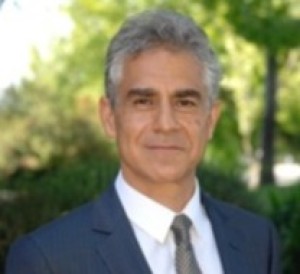- Video Library
- Kambiz Behzadi Presents BMD at LSI Europe '23
Kambiz Behzadi Presents BMD at LSI Europe '23

Kambiz Behzadi
Dr. Kambiz Behzadi is an orthopedic surgeon in Pleasanton California. His practice is primarily focused on adult joint reconstruction and sports related injuries. He has particular interest in physical sciences. His research interests include efforts to improve surgical techniques and to produce novel medical devices to enhance reliability and safety of orthopedic procedures for the ultimate goal of improving outcomes.
Kambiz Behzadi
Dr. Kambiz Behzadi is an orthopedic surgeon in Pleasanton California. His practice is primarily focused on adult joint reconstruction and sports related injuries. He has particular interest in physical sciences. His research interests include efforts to improve surgical techniques and to produce novel medical devices to enhance reliability and safety of orthopedic procedures for the ultimate goal of improving outcomes.

17011 Beach Blvd, Suite 500 Huntington Beach, CA 92647
714-847-3540© 2025 Life Science Intelligence, Inc., All Rights Reserved. | Privacy Policy







